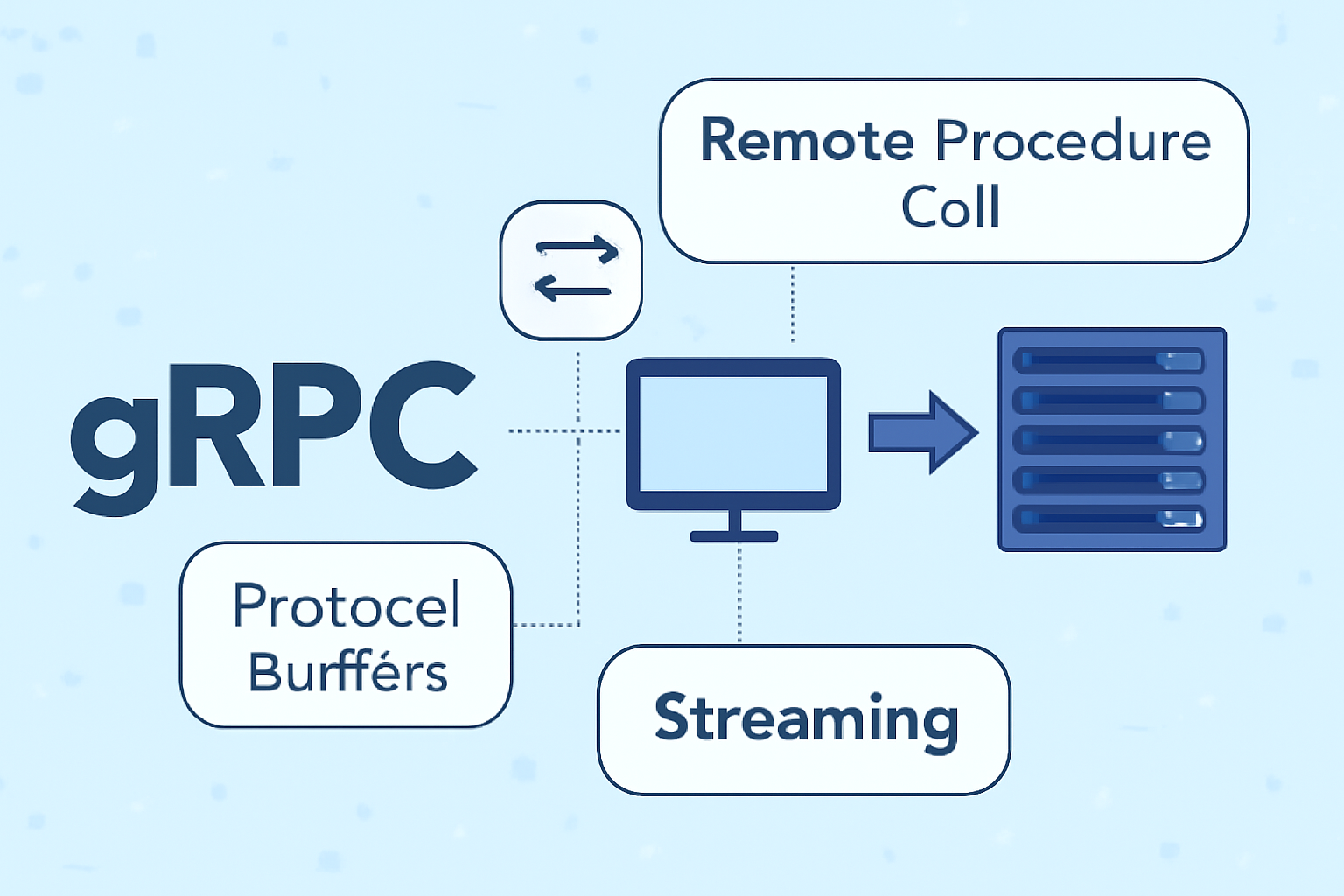Single Sign-On (SSO) is an authentication process that allows a user to access multiple applications or systems with just one set of login credentials (username and password). Instead of logging into each application separately, the user logs in once, and that login is used to authenticate access to other applications or services without needing to re-enter their credentials.
Single Sign-On (SSO) is an authentication process that allows users to access multiple applications with a single set of login credentials. Instead of having separate usernames/passwords for each system, users authenticate once and get access to all connected applications
Here’s how SSO works in detail:
Single Sign-On (SSO) is an authentication process that allows a user to access multiple applications or systems with just one set of login credentials (username and password). Instead of logging into each application separately, the user logs in once, and that login is used to authenticate access to other applications or services without needing to re-enter their credentials.
Here’s how SSO works in detail:
1. User Login Request
The user begins by trying to access a service or application that is part of the SSO system. For example, they might visit a website like a corporate intranet or a SaaS tool (like Google Workspace, Microsoft Office 365, etc.).
2. Redirect to Identity Provider (IdP)
If the user isn’t already logged in, they are redirected to an Identity Provider (IdP). The IdP is a trusted service that handles authentication for the SSO system. Popular IdPs include services like Okta, Auth0, or even Google or Microsoft for internal apps.
3. Authentication with the IdP
The user enters their credentials (username and password, or possibly two-factor authentication) into the IdP’s login page. The IdP then verifies the credentials against its database or a directory service (such as LDAP or Active Directory).
- If authentication is successful, the IdP will generate an authentication token or assertion (a piece of data proving that the user has been authenticated).
- The most common protocols used to transmit these tokens are SAML (Security Assertion Markup Language), OAuth, or OpenID Connect.
4. Redirection Back to the Service
Once the user is successfully authenticated, the IdP sends the authentication token back to the application the user originally wanted to access. This happens automatically behind the scenes.
- If the token is valid, the application knows that the user is authenticated and grants access.
5. Access to Other Services
Since the user has already been authenticated, when they try to access other services or applications within the SSO network, they won’t have to log in again. The system recognizes the authentication token, and the user is seamlessly logged in.
- The application checks with the IdP to verify the token and grants access without requiring the user to enter their credentials again.
This is especially helpful in organizations where users need to access a variety of tools—SSO eliminates the need to remember multiple passwords for every tool.
6. Token Expiry and Session Management
The authentication token is not valid forever. It has an expiry time (such as 24 hours or 1 week), after which the user will need to log in again. When the token expires or the user logs out, they’ll be redirected to the IdP to authenticate once more.
Key Components of SSO:
- Identity Provider (IdP): This is the service responsible for authenticating the user and issuing the authentication tokens (e.g., Google, Okta, Microsoft).
- Service Provider (SP): The application or service that the user wants to access (e.g., a web application or internal system).
- Authentication Tokens/Assertions: These are cryptographically signed pieces of data that assert the user’s identity. They are used by the Service Provider to verify that the user has been authenticated by the IdP.
Benefits of SSO:
- Convenience: Users only need to remember one set of credentials. They don’t need to log in repeatedly to different services.
- Security: Reduces the risk of weak passwords (since users don’t need to manage multiple passwords). It can also support multi-factor authentication (MFA) for added security.
- Centralized User Management: With SSO, administrators can easily manage user access to various systems from a central location.
- Time-Saving: Employees can switch between services seamlessly without logging in every time, boosting productivity.
Common SSO Protocols:
- SAML (Security Assertion Markup Language): A standard for exchanging authentication and authorization data between an IdP and a Service Provider.
- OAuth (Open Authorization): A protocol for token-based authentication. It allows a user to authorize a service to access certain information on their behalf, without giving out their password.
- OpenID Connect (OIDC): A layer on top of OAuth 2.0, providing a simple identity layer for authentication.
Examples of SSO in Use:
- Google SSO: When you log in to Gmail, you are logged in to all Google services like Google Drive, YouTube, and Google Calendar automatically.
- Enterprise SSO: Companies use SSO to give employees access to their work applications (HR systems, document management, cloud apps) without needing to log into each one individually.
Considerations & Challenges:
- Single Point of Failure: If the IdP goes down, users might lose access to all services that require authentication.
- Implementation Complexity: Setting up SSO with multiple applications can be complex, especially if different services use different protocols.
- Security Risks: If an attacker gains access to a user's credentials (via phishing, etc.), they could potentially access all connected services.
SSO simplifies authentication and helps to streamline access to multiple services while enhancing security by enforcing a centralized authentication process.



